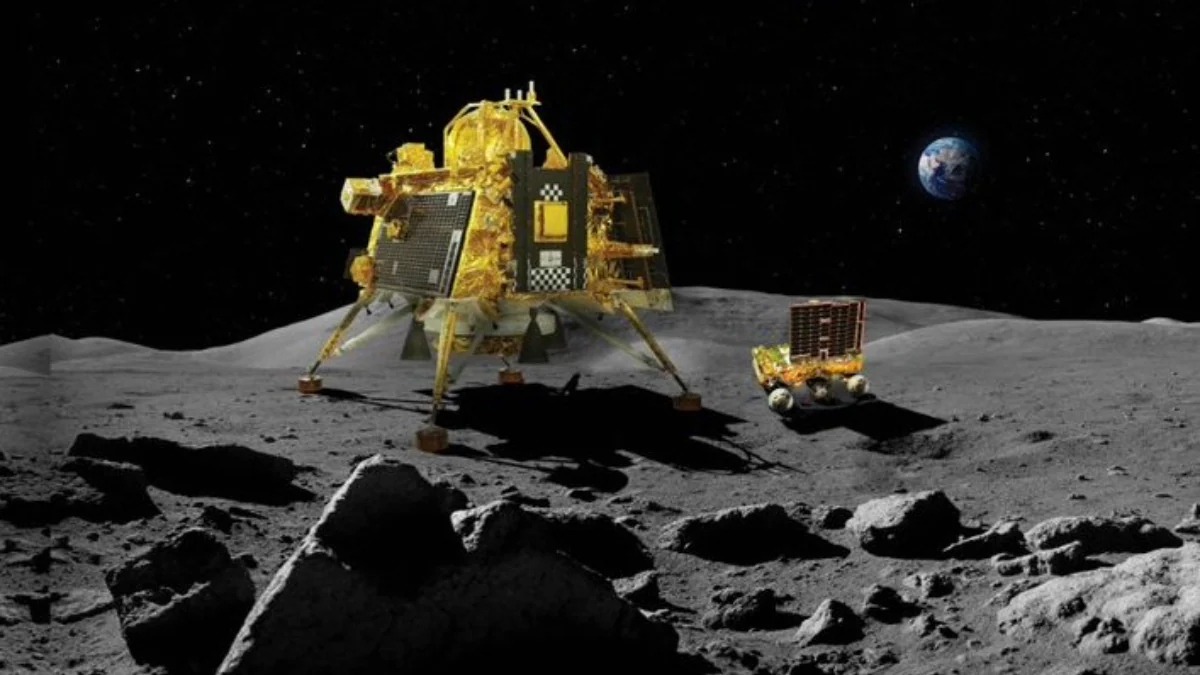Engineers of the Indian Space Research Organization (ISRO) have begun a new stage of their exciting mission — an attempt to “wake up” the Chandrayaan-3 lander and the lunar rover from hibernation after a two-week frosty lunar night. This would be a huge achievement for the country’s space program. Therefore, the whole world is looking forward to the news from ISRO.

On Friday, September 22, ISRO announced on its official account on the social network X that it was beginning attempts to “establish communication with the Vikram lander and Pragyan rover to ascertain their wake-up condition.” These measures are certainly a step forward in restoring communication with these spacecraft. Unfortunately, the engineers have not received any answers from them yet. This creates tension and expectation among scientists and space enthusiasts. Was it possible to “revive” these technological wonders — a question that will have to wait for an answer.
It is important to note that the Chandrayaan-3 lander made a historic landing near the south pole of the Moon on August 23. This made India only the fourth country in history to land its probe on the lunar surface — the previous ones were the USA, the USSR and China. This achievement is marked as a step forward in the development of the Indian space program.
Two weeks of productive work
For two weeks, the Pragyan rover explored the landing site, transmitting images to Earth. At the same time, the Vikram lander conducted a number of scientific experiments, including measuring the temperature of the upper layer of the lunar regolith. The chemical composition of the lunar dust was also analyzed. Traces of sulfur have been found in it, which may contain clues about ancient volcanic activity on the Moon.
The lunar rover went into sleep mode on September 2, when all its instruments were turned off. Two days later, the Vikram vehicle did the same. Their main mission was completed successfully, but ISRO hopes that both spacecraft will be able to survive the frosty lunar night and continue their research.
Successful second attempt
It should be noted that Chandrayaan-3 was India’s second attempt to land on the Moon. Its predecessor, Chandrayaan-2, crashed in 2019 due to a software failure, which was a big disappointment. However, the Chandrayaan-2 orbiter is still in lunar orbit and continues to study our natural moon, providing valuable information for further scientific research.
Despite the difficulties and challenges, ISRO continues to move forward and expand the horizons of human knowledge about space. The restoration of communication with Chandrayaan-3 and Vikram may open up new opportunities for scientific research and further exploration of the Moon.
Earlier we reported on how the Vikram spacecraft performed an exciting trick on the Moon.
According to Space
Follow us on Twitter to get the most interesting space news in time
https://twitter.com/ust_magazine
